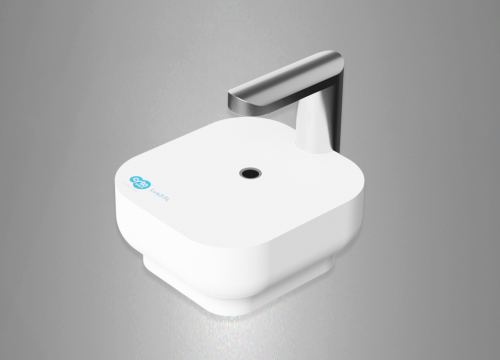Authors: Sharma S, Madhyastha H, Swetha KL, Maravajjala KS, Singh A, Madhyastha R, Nakajima Y, Roy A.
Materials Science and Engineering: C, Volume 128, 2021
The importance of the extra-cellular matrix (ECM) for wound healing has been extensively researched. Under-standing its importance, multiple ECM mimetic scaffolds have been developed. However, the majority of such scaffolds are prefabricated. Due to their stiffness, prefabricated scaffolds cannot come into direct contact with the basal skin cells at the wound bed, limiting their efficacy. We have developed a unique wound dressing, using chitosan (CH) and chondroitin sulfate (CS), that can form a porous scaffold (CH-CS PEC) in-situ, at the wound site, by simple mixing of the polymer solutions. As CH is positively and CS is negatively charged, mixing these two polymer solutions would lead to electrostatic cross-linking between the polymers, converting them to a porous, viscoelastic scaffold. Owing to the in-situ formation, the scaffold can come in direct contact with the cells at the wound bed, supporting their proliferation and biofunction. In the present study, we confirmed the cross- linked scaffold formation by solid-state NMR, XRD, and TGA analysis. We have demonstrated that the scaffold had a high viscoelastic property, with self-healing capability. Both keratinocyte and fibroblast cells exhibited significantly increased migration and functional markers expression when grown on this scaffold. In the rat skin- excisional wound model, treatment with the in-situ forming CH-CS PEC exhibited enhanced wound healing ef-ficacy. Altogether, this study demonstrated that mixing CH and CS solutions lead to the spontaneous formation of a highly viscoelastic, porous scaffold, which can support epidermal and dermal cell proliferation and bio- function, with an enhanced in-vivo wound healing efficacy.
